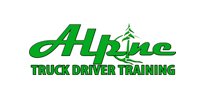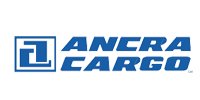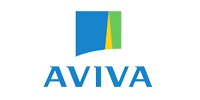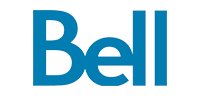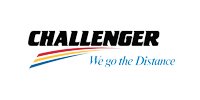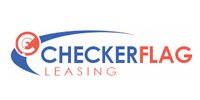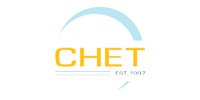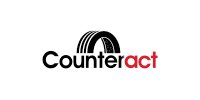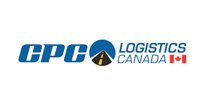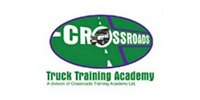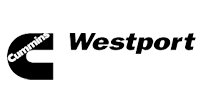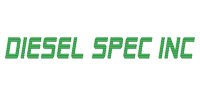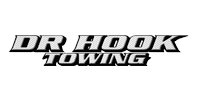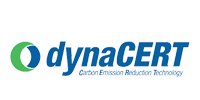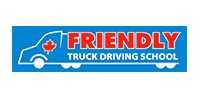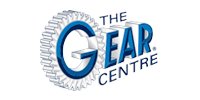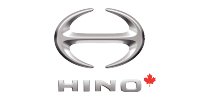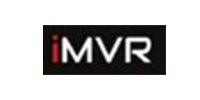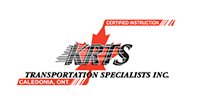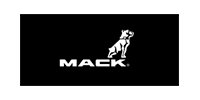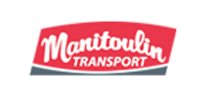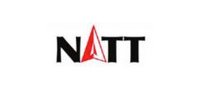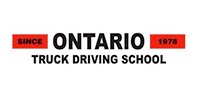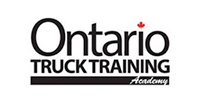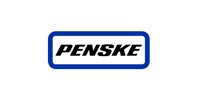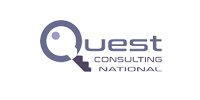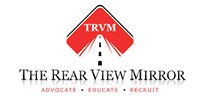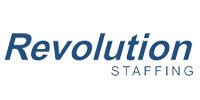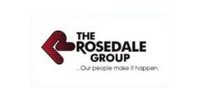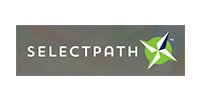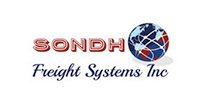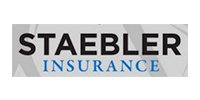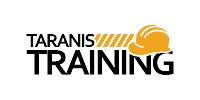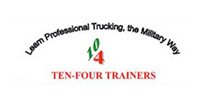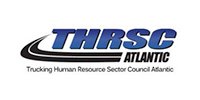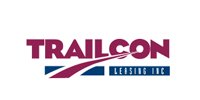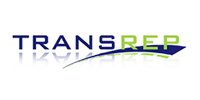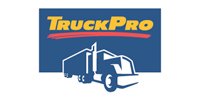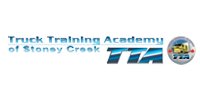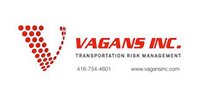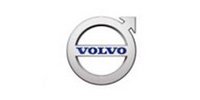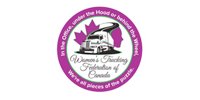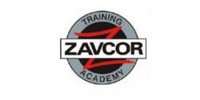The stakes for hiring good, safe, smart people have never been higher. And they've never been more competitive
"The fact that you’re a private fleet is going to get their attention,” says John Thomson, vice president Canadian operations at Huron Services Group. Indeed, private fleets have an undeniable edge in the competitive, candidate-driven marketplace for recruits. The operations offer the chance to be part of consumer-facing brands and, in many cases, schedules that allow drivers to return home at the end of a shift. What’s not to like? But this hardly means you can rest on your laurels. “It’s been tough in recent years. You are constantly working away, tweaking things, to get someone in the door where hopefully you can sell it to them,” he says.
“Without getting too technical, the labour market is very tight for drivers right now,” acknowledges Ryan Haroa, manager-talent acquisition at Praxair Distribution, a private fleet with operations in Canada and the U.S. “They are out there, but they have a lot of companies coming after them. So the old method of ‘post and pray’ literally died probably close to seven to 10 years ago. So it’s what can you do to make yourself attractive, to cast the widest net possible and pull in as many drivers to have them see your opportunities.”
It requires an approach to recruiting which blends art and science alike.
These days, a search goes way beyond advertising a job, Haroa explains. “You have to do the work. You have to dig in. You have to mine the boards, the databases. You have to know what each market looks like, who your competitors are in that market.”
For Haroa, the most important step is to identify clear requirements for a candidate. “It’s imperative that we don’t deviate from what that driver looks like for us. One of our values is safety. It’s of upmost importance to us here, and if we didn’t uphold the level of candidate we need behind the wheel, it would be harmful for us. So every location has a hard set of requirements of what is required in order to get behind the wheel and drive for Praxair. These are non-negotiable points.”
That hard set of requirements is in every job description the company posts. It is clear and explicit. It’s a filter that’s not only beneficial for the company, but also for the candidate. Not properly identifying the position– in any manner – can produce horrible results, says Thomson. “There’s a certain amount of pressure on recruiters to get people in the seats of the trucks and get them moving. You can get the guy in the door, get him hired, but if he gets a surprise he’ll leave as quickly as he came in. So you have to be honest. Give them the information they need. If you are looking to have an employee to come in and be honest and loyal and hardworking, then you don’t want to deceive them with what you are telling them.”
Engagement is the key once candidates are approached. “Anybody can call a driver, but can you get them interested in the company?” asks Haroa. Thomson agrees: “Retention starts as soon as they walk in the door.”
Essentially, you’re trying to do two things simultaneously: ensure candidates fit your requirements, and expand the person’s interest in the position.
Praxair’s questions revolve around Forbes magazine’s Seven C’s. Are they competent? Are they capable? Are they compatible? What would be their level of commitment, their character, their fit with culture, and lastly compensation? “Throughout the process, while we are weeding individuals out, we are also keeping individuals in,” says Haroa. “During those in-person interviews, we provide them with another set of questions that again hit upon our values. But this also gives them the opportunity to visit our facility and to get a true understanding of what they will be doing on a daily basis. ‘We like you, you’re great, but now Mr. Johnny, are you going to be happy here?’”
Thomson says Huron wants to get the candidate to do the majority of the talking. “Rather than buttonhole the candidate with questions and tie them up tight, the questions we use are a little more open-ended and designed to initiate conversation more than just question and answer. We find the interaction that comes from that helps us out.”
Haroa advises being personable. “If not, they have plenty of options to go somewhere else where they feel comfortable. That is crucial from day one.”
Additionally, Praxair looks for the candidate’s “point of pain.” That is, why are they considering a change in jobs? Haroa stresses the importance of understanding what that pain is, “and seeing if you can fulfill it and fix it for them.”
“Some employers have the same set of questions they ask all candidates, no matter what their background and experience is,” says Stephen Race of TalentClick, a Vancouver-based company which offers personality assessment tools for safety-conscious industries like trucking. “That can be good, but we do recommend some tailored questions.” After a candidate completes a personality assessment, employers receive a report with tailored questions based on how they scored. “If someone seemed to be distractible, then you might ask how they deal with boredom on the road. If someone scores irritable, ‘Tell me about a time you got angry on the road, how did you handle it, what did you do?’” Race explains. “It’s really just trying to get a read of what they’ve done in the past because that will be a good indicator of what they will do in the future. They may have studied up and know the right answers, but if you push them and ask ‘OK, but what did you do?’, you’ll hear the ‘I …’. And that’s what you want to hear. ‘I did this’, ‘I did that.’”
Those kinds of questions are best left to the individuals who have been trained to interpret the results. “Some of our positions do have specific behavioural-based questions,” says Haroa. “However, these questions are only given to the individuals that are trained to ask them.”
And you want to invest enough time in the process to weed out the wrong individuals. A choice like that could cost a fleet $30,000 to $40,000, Race says. The cost is even higher if the individual is involved in a collision. But there is a limit to how long the process can take. “A lot of studies show that once you go into that third interview and you continue to drag that process on, you lose the engagement of that candidate and they are also being courted by five or 10 other companies,” he adds.
All told, Praxair aims to present an offer to a successful candidate in less than 30 days. Drug screening and background checks add about 30 days to that. The goal is to have someone on the job within 60 days of the first point of contact.
The managers who hire them are then responsible for keeping the individual engaged in daily planning and, in selected cases, career planning. “It’s up to those hiring managers to identify those individuals and discover what makes them happy,” he says.
Happy, engaged employees will require fewer trips into the ever-dwindling driver pool.


